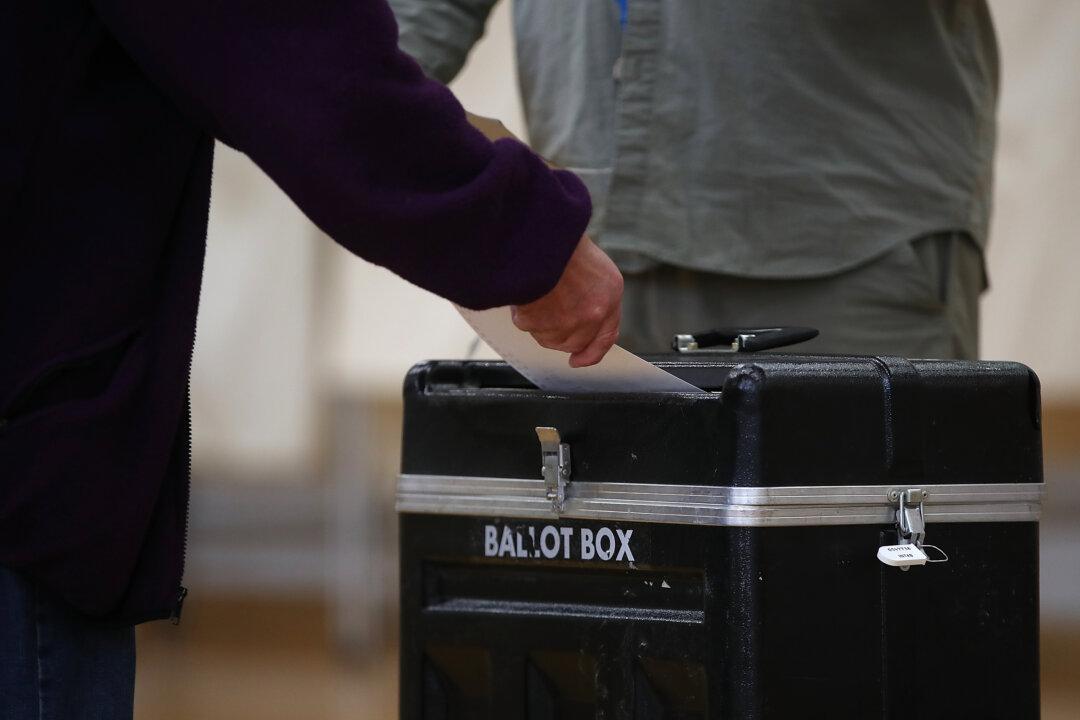Commentary
One of the few ways the people can check an overreaching judiciary is by passing constitutional amendments. At the federal level, the people reversed U.S. Supreme Court decisions through the 11th, 14th, and 26th amendments.

One of the few ways the people can check an overreaching judiciary is by passing constitutional amendments. At the federal level, the people reversed U.S. Supreme Court decisions through the 11th, 14th, and 26th amendments.